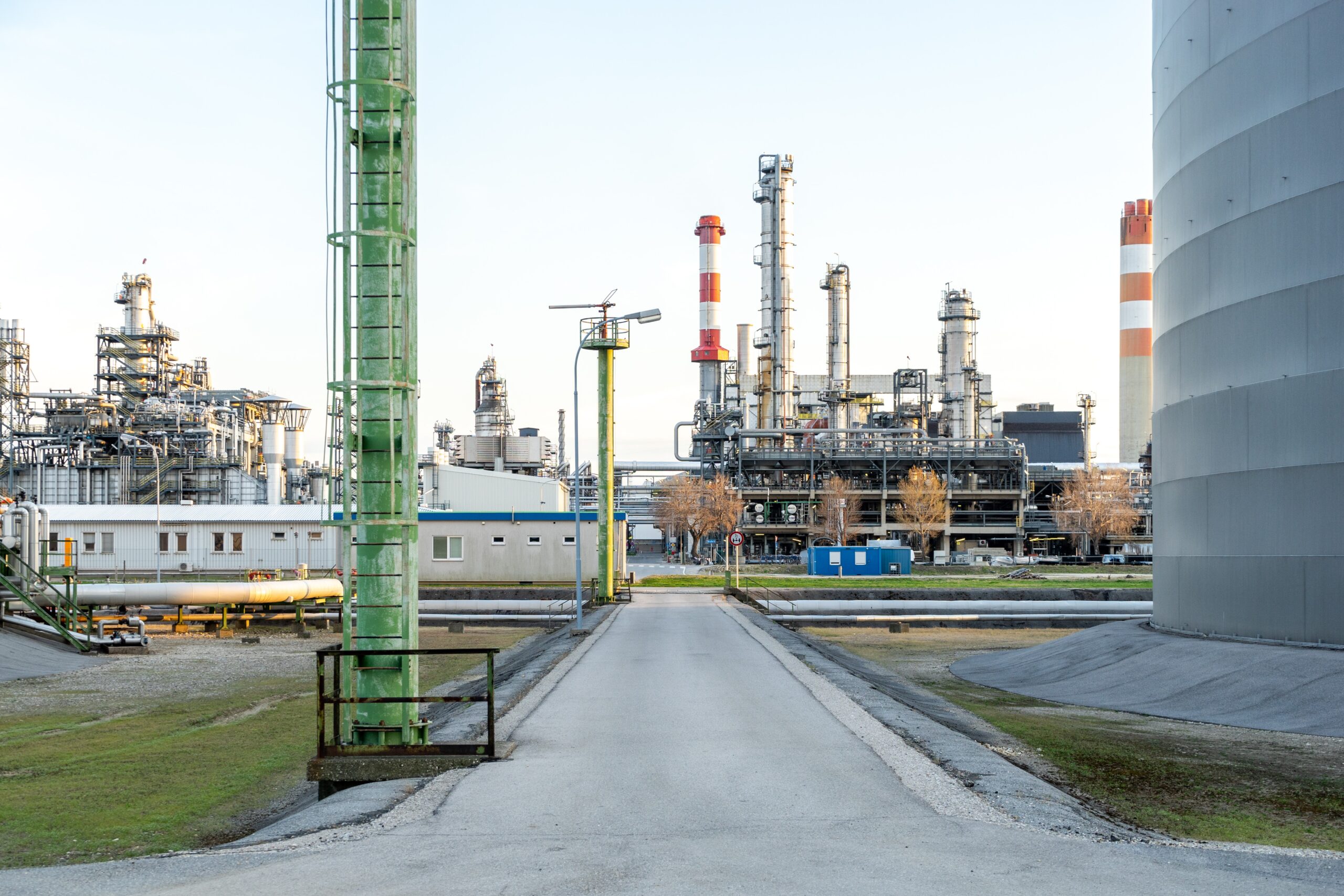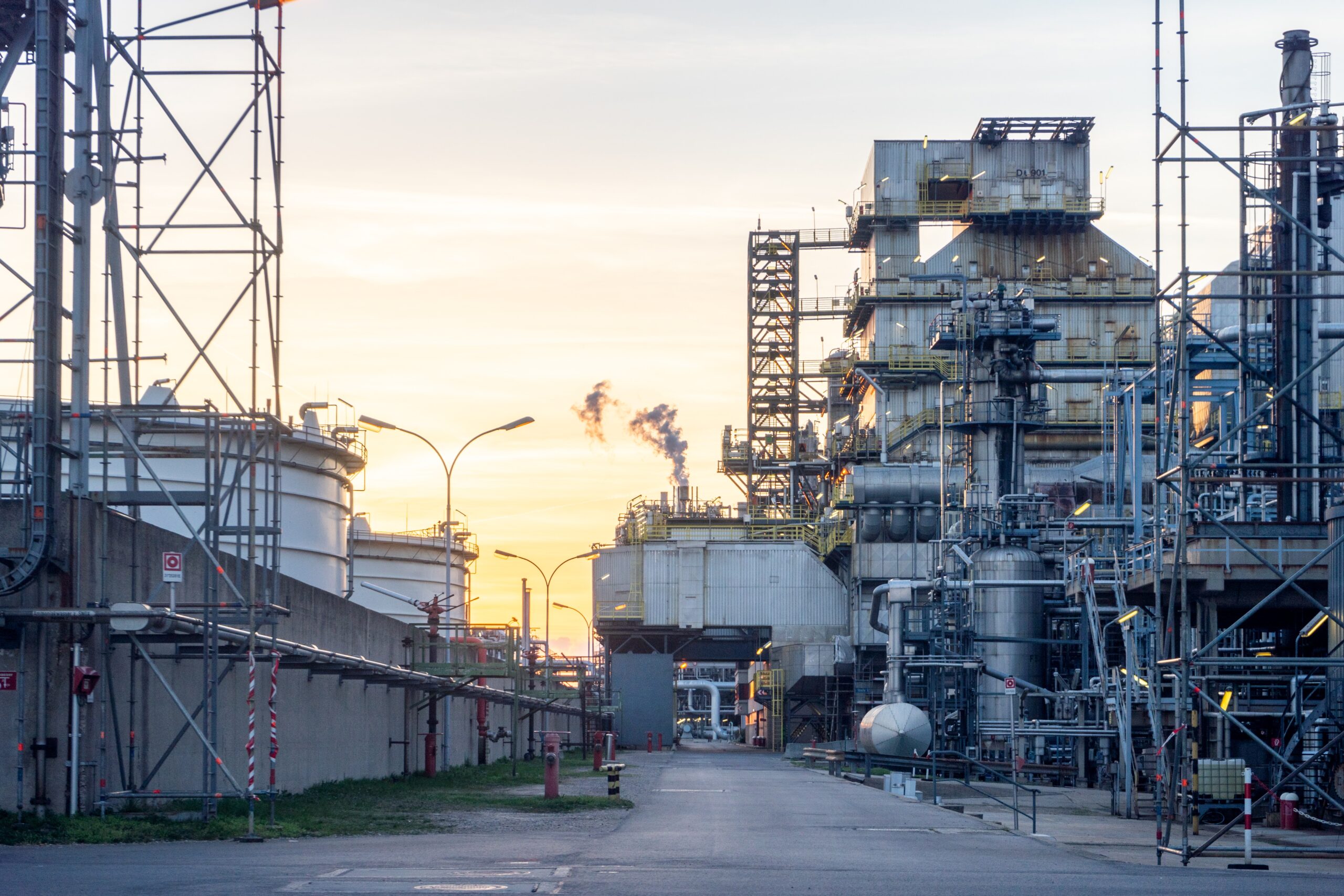In a world rapidly evolving with technological breakthroughs, environmental challenges, and changing energy demands, the field of piping engineering is poised for significant transformation. Traditionally rooted in principles of mechanical design, safety, and efficiency, piping engineering is now intersecting with digital innovation, sustainable design, and global collaboration.
So, what does the future hold for piping engineers? In this blog post, we explore the trends, technologies, and skills that are shaping the future of piping engineering, and how professionals can prepare for the next phase of this essential discipline.
Shifting Paradigms in the Process Industry
1. Sustainability and Green Engineering
As industries move toward net-zero goals and greener operations, the role of piping engineers is evolving. They are no longer just system designers but are now agents of sustainability.
Future Responsibilities Include:
- Designing for carbon capture and storage (CCS) systems
- Supporting green hydrogen and biofuel projects
- Selecting eco-friendly materials and insulation
- Minimizing leaks and emissions through tighter design tolerances
Digitalization and Smart Engineering
The adoption of Industry 4.0 and digital transformation is revolutionizing engineering workflows. In piping, this means faster designs, reduced errors, and better lifecycle integration.
Key Technologies Shaping the Future:
1. 3D Modeling & Digital Twins
- Tools like AVEVA E3D, SmartPlant 3D, AutoCAD Plant 3D are becoming standard.
- Digital twins replicate the physical piping system in real time, improving monitoring and maintenance.
2. AI and Automation
- AI-driven tools can auto-route pipes, predict material failures, and optimize design for cost.
- Robotic Process Automation (RPA) helps in repetitive tasks like MTO generation or spec checks.
3. Cloud Collaboration & BIM Integration
- Teams across continents collaborate in real time.
- Integration with Building Information Modeling (BIM) helps unify structural, electrical, and piping design.
Result: Piping engineering is becoming smarter, faster, and more collaborative.
Modularization and Prefabrication
With the push for faster project execution and cost savings, modular design and fabrication are gaining traction in piping projects.
Trends to Watch:
- Pipe Rack Modules, Skid Units, and Pre-Assembled Units (PAUs) becoming the norm
- Onshore fabrication reduces offshore risks and costs
- Requires precision in design, tolerances, and logistics
Why it matters: Engineers must think in terms of modules, not just pipes and fittings, and design for transportability and assembly.
Enhanced Focus on Safety and Compliance
With increasing complexity in plant operations and tighter regulations, piping engineers must embrace advanced risk management tools.
What’s New:
- Integrated HAZOP tools within design platforms
- Use of Finite Element Analysis (FEA) for critical stress points
- Real-time leak detection and corrosion monitoring using IoT
Globalization and Remote Engineering
Post-pandemic, remote work has become widespread. Many companies now operate with virtual design teams spread across the globe.
Opportunities:
- Work on international projects from home
- Freelance or contract-based work on global assignments
- Exposure to multiple standards (ASME, ISO, DIN, etc.)
Tip: Building a globally adaptable skillset makes you more employable and versatile in a changing job market.
Emerging Sectors and Opportunities
1. Hydrogen Economy
- Designing pipelines and systems for liquid and gaseous hydrogen, which presents unique material and safety challenges
2. Data Centers & High-Tech Facilities
- Specialized cooling and utility piping systems
- Demands ultra-clean, reliable piping layouts
3. Pharmaceutical & Biotech Industries
- High-purity piping systems (e.g., orbital welding, sanitary fittings)
- Stringent documentation and validation standards
Bottom Line: Piping engineering is expanding beyond oil & gas into high-tech and sustainable sectors.
How to Prepare for the Future of Piping Engineering
| Step | Action |
|---|---|
| 🎓 Upskill | Take courses in piping design, stress analysis, and modeling tools |
| 💻 Go Digital | Learn software like AVEVA E3D, SmartPlant, Caesar II, Revit |
| 🌍 Go Global | Familiarize yourself with international codes and projects |
| 🔄 Stay Current | Follow industry blogs, webinars, and piping communities |
| 🤝 Network | Join professional societies (ASME, SPE, ISPE) and LinkedIn groups |
Adaptability is the Key
The future of piping engineering is dynamic, digital, and diverse. While the core principles of safe and efficient fluid transport remain unchanged, the tools, techniques, and challenges are evolving rapidly.
Those who embrace new technologies, continuous learning, and cross-disciplinary collaboration will lead the next generation of piping innovation.
So whether you’re a student, a young engineer, or a seasoned professional, now is the time to invest in your skills, adapt to change, and design the future.



